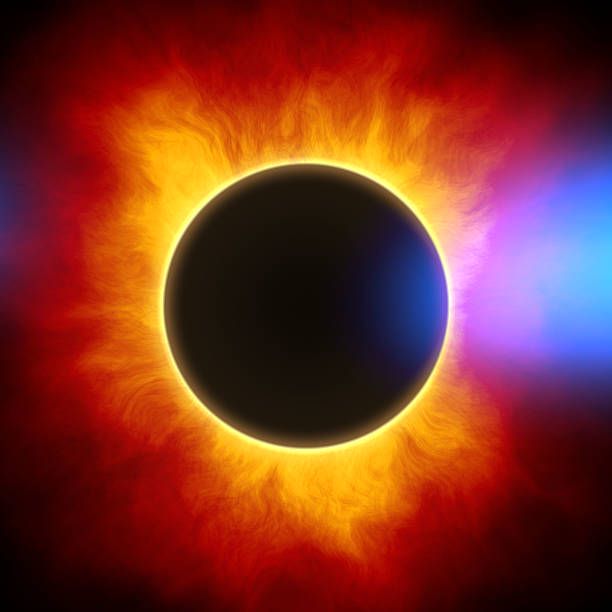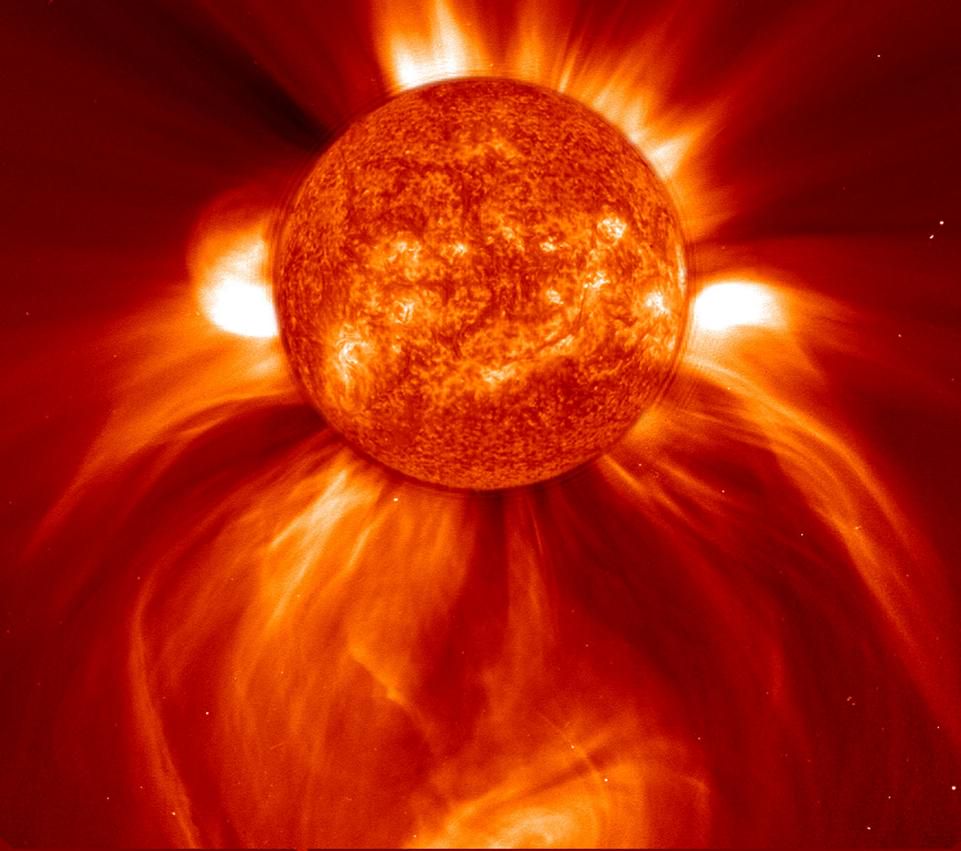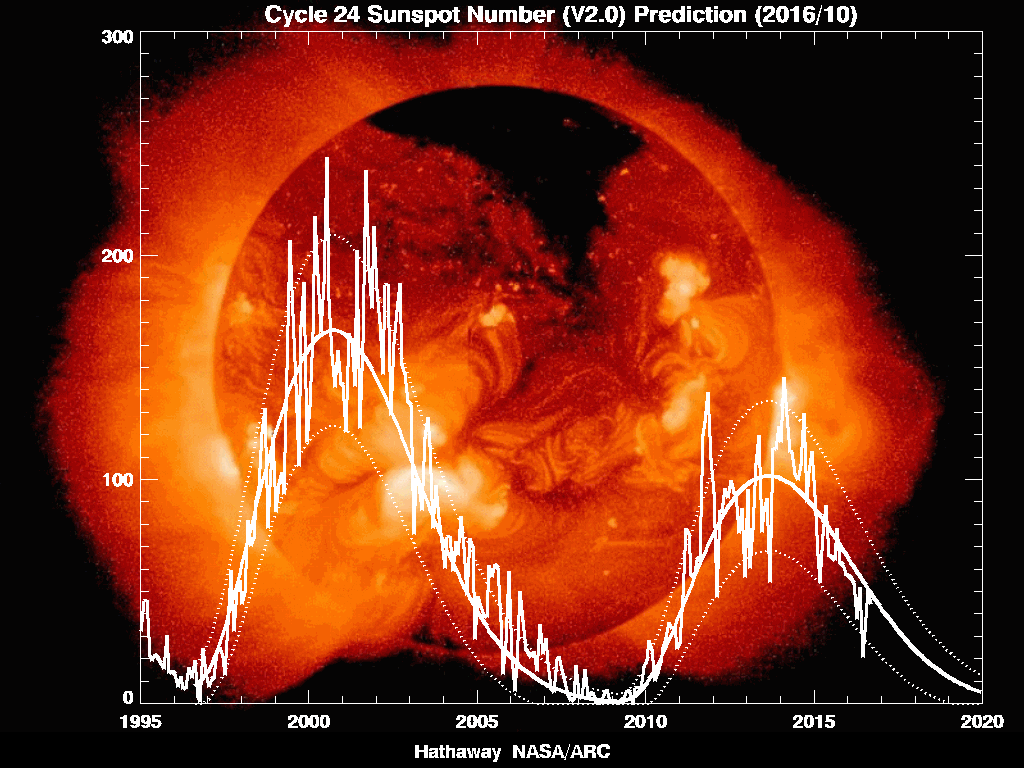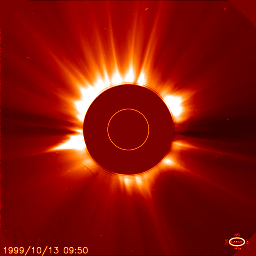Sun Science
Sun Science
What do we really know about the sun?
That's a great question, but it has been made more important given the latest total eclipse. A lot of people viewed this tremendous event, but what did scientists learn from this eclipse?

The corona of the sun is a very thin atmosphere that is very hot and violent. During a total eclipse, the edges of the corona peek out around the moon's shadow, revealing the nature of this normally hidden sun's atmosphere. What was important this time was that the sun was at the end of its maximum 11year cycle where the sun is active with lots of sunspots. The problem is that this corona is only visible for about two minutes.

During 2012, an eclipse revealed a corona that was at the maximum of its cycle and looked very wild and crazy. But, what does this mean?

The sun outer layer of the sun is very wild area and it affects the corona, but the energy that powers it is in the core where hydrogen is fused into helium. The reason the sun goes through 11-year cycles of maximum and minimum amounts of activity (sun spots and flares) is unknown. Currently, the only thoughts on this cycle process are theoretical.
Scientists are experimenting with fusion on Earth by using very powerful lasers to cause a tiny capsule of hydrogen to fuse for a fraction of a second. Current technology does not allow this fusion to continue to the point of creating more energy than is put into it, which would be self sustaining. This is a holy grail of science, and if it could be done it would be the most efficient and green source of energy possible.

Our sun is self-sustaining and has been doing it for over 4 billion years, and will continue it for at least 4 billion more years.
Fusion in the core of the sun produces very high-energy gamma ray photons. These photons have a very circuitous route to get to the photosphere of the sun. Estimates say it takes a hundred thousand years to as much as a million years to make this journey. Then it only takes 8 minutes to go to the Earth.

Part of the reason the sun goes through cycles is because the convection layer of the sun below the surface creates magnetic fields because of charged particles circulating in it and the fact that the sun spins on its axis. This causes magnetic lines to clash and create very bright flares that throw off huge amounts of plasma that eventually collide with Earth's magnetosphere and produce aurora. During the solar maxima, the solar wind is especially strong. The solar wind is the massive amount of charged particles, mostly protons that are blown off the surface of the sun into space. All of this is responsible for the aurora, or as it's called, The Northern Lights. If it weren't for the Earth's magnetic field, the solar wind would eventually blow the atmosphere off our planet. The aurora is evidence that the Earth's magnetosphere is doing its job.

Solar storms, better known as coronal mass ejections, release billions of tons of charged particles that could destroy satellites, and cause power disruption. We are vulnerable, such as in 1989 when an entire power grid went down, plunging parts of Canada and the Northeastern part of the United States into darkness. These violent solar storms are more prevalent during sun maxima. During this time, the sun is covered with sunspots. Sunspots are not spots, they are areas where magnetic fields on the surface of the sun have made a cooler area that just appears dark but is still plenty hot.

Scientists believe that these solar cycles are changing and may be starting to show less activity. Sun spot activity in indicative of this change. These spots are caused by disruptions in the magnetic fields that keep material from flowing to the surface, which causes a cooling effect. However, spectral studies of these sunspots show that the magnetic strength of sunspots is slowly decreasing over the years. This would suggest that in the future sunspots might be scarce. This would also suggest that the sun is headed to a grand minimum. This would mean fewer solar storms but could usher in a big change in our weather. When this happened before in the 17th to 18th century, it causes a distinct cooling effect.
Because of not knowing what's going on and why the sun goes through cycles, we are in the dark, so to speak. We have a long way to go before we really understand the sun.
Thanks for reading.
Bạn đang đọc truyện trên: Truyen247.Pro